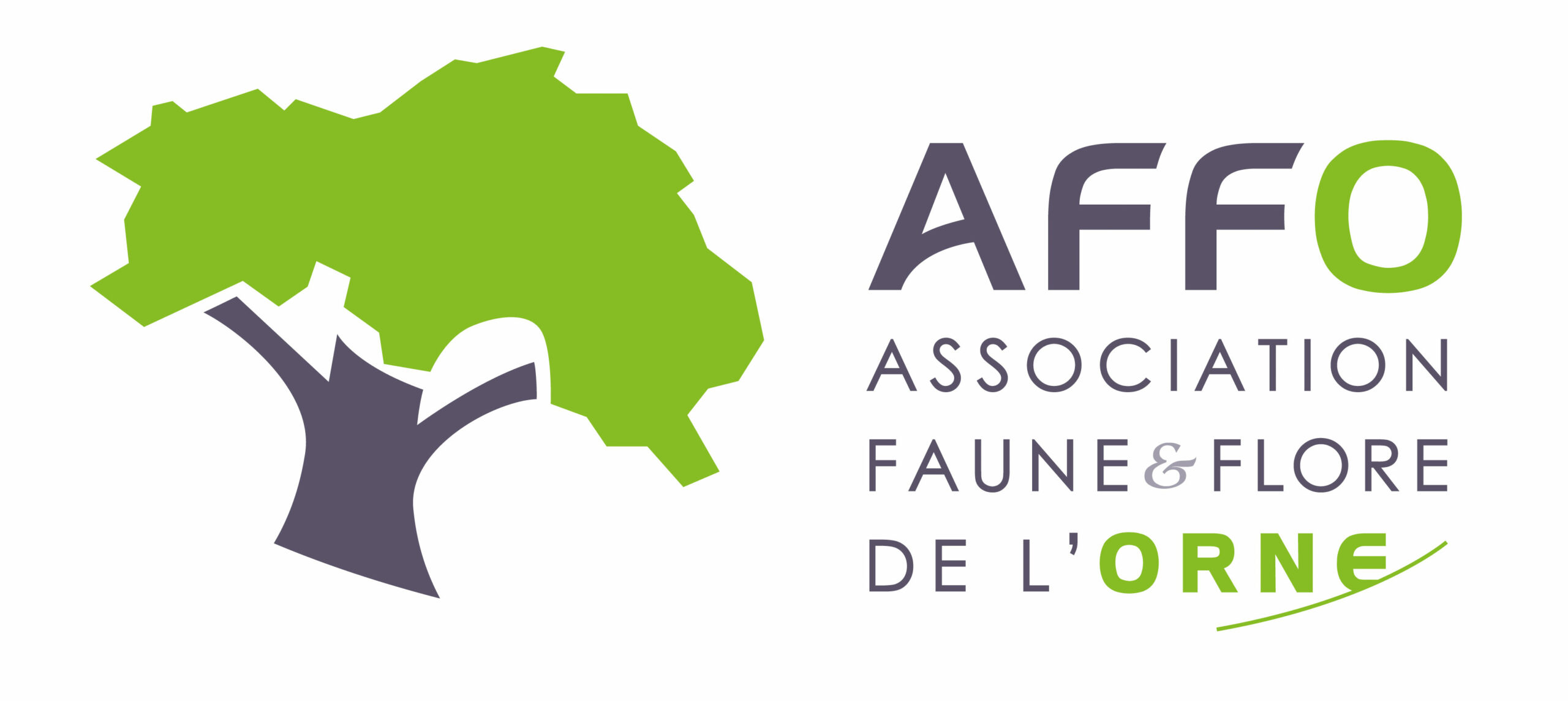Où cette espèce a-t-elle été observée ?
 Attention : cette espèce peut être présente où il n’y a pas de maille, mais à ce jour elle n’y a pas encore été observée.
Attention : cette espèce peut être présente où il n’y a pas de maille, mais à ce jour elle n’y a pas encore été observée.
- 29 observations
-
18
communes -
18
observateurs
6
organismes -
Première observation
2000 -
Dernière observation
2025
Authon-du-Perche - Coudray-au-Perche - Feings - Fontaine-Simon - La Loupe - L'Hôme-Chamondot - Longny les Villages - Manou - Perche en Nocé - Pervenchères - Saint-Maurice-Saint-Germain - Saint-Quentin-de-Blavou - Senonches - Thiron-Gardais - Tourouvre au Perche - Val-au-Perche - Vaupillon - Verrières
-
UMS PatriNat (OFB-CNRS-MNHN)
Participation à 13 Observations
Part d'aide à la prospection : 44.83 %
Fiche organisme
-
Association Faune & Flore de l'Orne (AFFO)
Participation à 8 Observations
Part d'aide à la prospection : 27.59 %
Fiche organisme
-
Conservatoire d'espaces naturels du Centre-Val de Loire (CEN CVL)
Participation à 2 Observations
Part d'aide à la prospection : 6.90 %
Fiche organisme
-
Ministère de la Transition écologique et de la Cohésion des territoires
Participation à 1 Observation
Part d'aide à la prospection : 3.45 %
Fiche organisme
-
Eure-et-Loir Nature
Participation à 1 Observation
Part d'aide à la prospection : 3.45 %
Fiche organisme
Informations espèce
Répartition actuelle en France métropolitaine
© INPN - Avertissement : les données visualisables reflètent l'état d'avancement des connaissances et/ou la disponibilité des données existantes au niveau national : elles ne peuvent en aucun cas être considérées comme exhaustives.
Répartition actuelle dans le monde
Avertissement : les données visualisables reflètent l'état d'avancement des connaissances et/ou la disponibilité des données existantes au niveau mondial : elles ne peuvent en aucun cas être considérées comme exhaustives.










